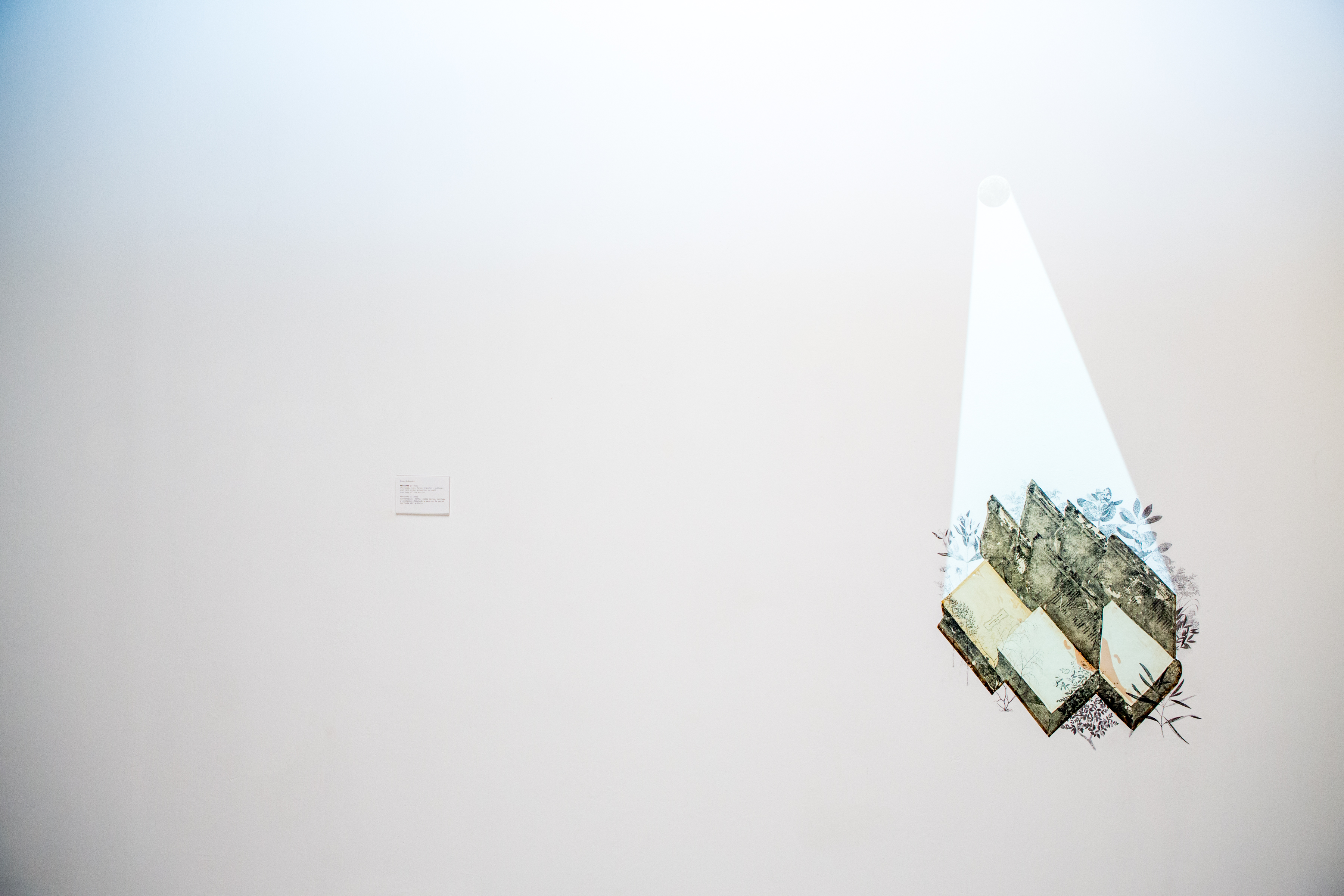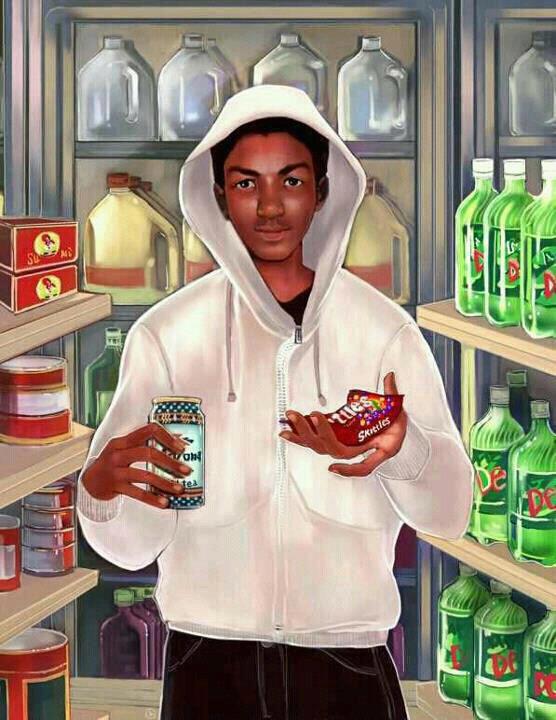
Courtesy blacksteve.wordpress.com
The other day I had lunch with a handful of former colleagues from The Capital Times in Madison. Inevitably the sorry state of journalism’s health as a profession came up. We kicked the poor dog around a bit but I don’t think we felt too sorry for ourselves, or too self-lacerating.
But we did shudder collectively at the prospect of the Koch Brothers’ insidious bid to buy The Tribune Newspapers. The following statement by David Simon, producer of the profusely acclaimed HBO drama series The Wire and a former newspaper reporter, states the case regarding journalism cogently and eloquently:
http://bit.ly/SimonSaysNoKochBros
(Full disclosure, the Simon statement includes a petition solicitation but not a request for money.)
But what troubles me especially amid retrogressing cultural tendencies — like the George Zimmerman acquittal and the “stand your ground” laws — is how a paranoid and self-serving individualism has reasserting itself as one of America’s ugliest characteristics. Let’s consider how this has played out in a historical context.
As the Daily Koz blog points out, “The 2012 Republican Party is barely distinguishable from the John Birch Society. It is funded in large part by the Koch brothers, the heirs of Fred Koch, one of the Birch Society’s founding members. The Kochs may not be members of the Society, but their ideas — extreme laissez-faire capitalism with communism lurking in any regulation, unions, health care and even Civil Rights laws — are virtually the same. (One of the current right’s few attempts to avoid looking like Birchers is morphing communism into ‘socialism.’ No need to explain to the faithful that they’re really the same.)” 1
One of the Birchers looniest conspiracy theories — about water fluoridation being a communist brain-hatch — was brilliantly lampooned in Stanley Kubrick‘s 1964 film Dr. Strangelove, in which the character General Jack D. Ripper initiates a nuclear war in the hope of thwarting a communist plot to “sap and impurify” the “precious bodily fluids” of the American people with fluoridated water.
(It agonizes me to know that the Birch society is still alive and that and its current headquarters is in Grand Chute WI, with local the chapters in all 50 states. This underscores how politically and morally conflicted my home state is. We’re also known for Fightin’ Robert LaFollette and the birthplace of “The Wisconsin Idea” and Progressivism and yes, socialist mayors in Milwaukee.)
You may recall that the Birchers also accused Rev. Martin Luther King Jr. of being a communist. At a certain instinctual level, the notion probably arose because he embodied the fearsome black “other” who will do horrible things to “us” if only given a chance, especially if he’s a slender teenager wielding a bag of Skittles candy in the dark, in the rain, alone, minding his own business.

It’s time for many more people than Trayvon Martin’s father (right) to speak out about injustice. Contact your congressional representative. Courtesy thestartingfive.com.
And before you fade into doubts about Zimmerman being the violent perpetrator of a lethal crime, consider: He was fired from a 2005 job as a security guard for excessive aggression, a former co-worker told the New York Daily News Thursday. The paper reports that Zimmerman had worked on and off for several firms that “provided security to illegal house parties.”
“Usually he was just a cool guy. He liked to drink and hang with the women like the rest of us,” the paper’s source said. “But it was like Jekyll and Hyde. When the dude snapped, he snapped.”
Uncontested facts that show a lethal progression: Zimmerman was the police-disobeyer, the aggressor, the provocateur and the killer — of an unarmed youth. Where does “Self Defense” come into this scenario?
Many articulate comments have arisen in response to the Martin/Zimmerman verdict. But The Nation provided a few excellent points in the August 5/12 issue.
The lead editorial notes that the outspoken, book-hustling Juror B37 “reminds us that all jurors — like police, prosecutors and judges — are beholden to their own fears and prejudices, no matter how objective they believe themselves to be carrying out the law. Laws can never be separated from their cultural context — and the fear of black men driven criminal justice policy in this country.”
Then Micah Denzel Smith proposes what real justice would be in this case. “Zimmerman sitting behind bars for 25 years isn’t justice delivered,” he writes. “Our prison state doesn’t work, and relying on it to bring justice for any of us is a fool’s errand. Instead, justice should be an entire society doing everything we can to ensure that what happened to Trayvon never happens again. This a commitment to recognizing the humanity in black and boys. It means divesting the racist belief that black men are preternaturally violent, creatures, inherently criminal. Justice is black boys not having to grow up with that hanging over their heads.”

Courtesy Americanurban.com
That’s why this case can’t just be the cause of the week. Trayvon Martin may fade in memory but only to our eternal shame, if changes are not made to wrong-headed laws that serve revenge-besotted vigilantes, not truth and justice. Do we want a racial profile and paranoia-enabling, shoot-if-they’re-black judicial system? Is that what America is about in 2013?
Smith then recalls the great jazz singer Nina Simone’s initial response to the 1964 racist bombing of a church in Alabama, which killed four little black girls. At first Simone went to her garage and actually tried to make a gun itself. She told her husband she “wanted to kill someone.” He replied, “Nina, you don’t know anything about killing. The only thing you got is music.” So, she wrote ”Mississippi Goddam.” 2
I want to share her powerful response to that tragedy in song.
https://www.youtube.com/watch?v=hBiAtwQZnHs
There’s also the most eloquent purely music response I know of, John Coltrane’s elegiac “Alabama.” This video beautifully ties Coltrane’s piece to a Rev. King speech about the tragedy. https://www.youtube.com/watch?v=aiJ_0gp-T9A
Please listen to these two pieces. Then we might begin working anew – using each of our best skills and talents – for justice for all the Trayvon Martins and for the despoiled ideals of a nation built on the foundation that all men and women are created equal and must be treated that way, in our flawed and broken hearts, and in our morally floundering legal system.
______________
Thanks to my friend Richard Meyer of Madison for alerting me to Simon’s statement.
1 http://www.dailykos.com/story/2012/06/08/1098463/-Doesn-t-Anyone-Remember-the-John-Birch-Society
2 The Nation, August 5 /12 2013, pp. 3, 6-7


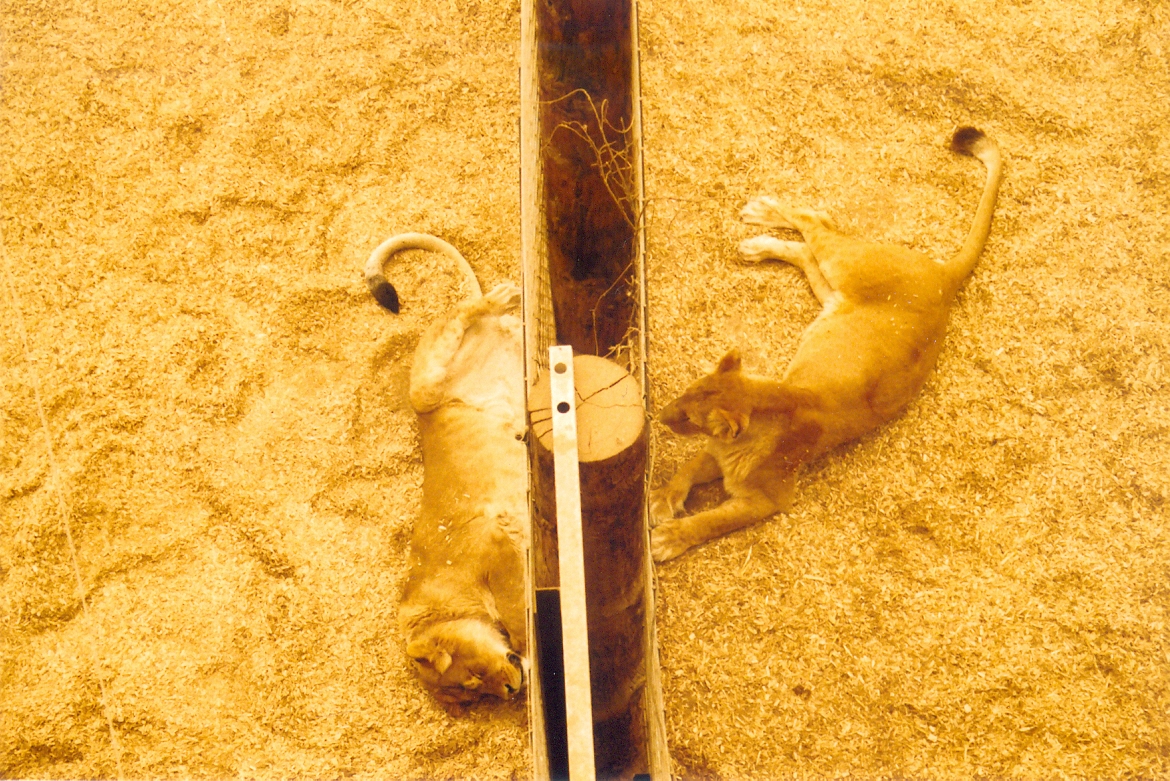
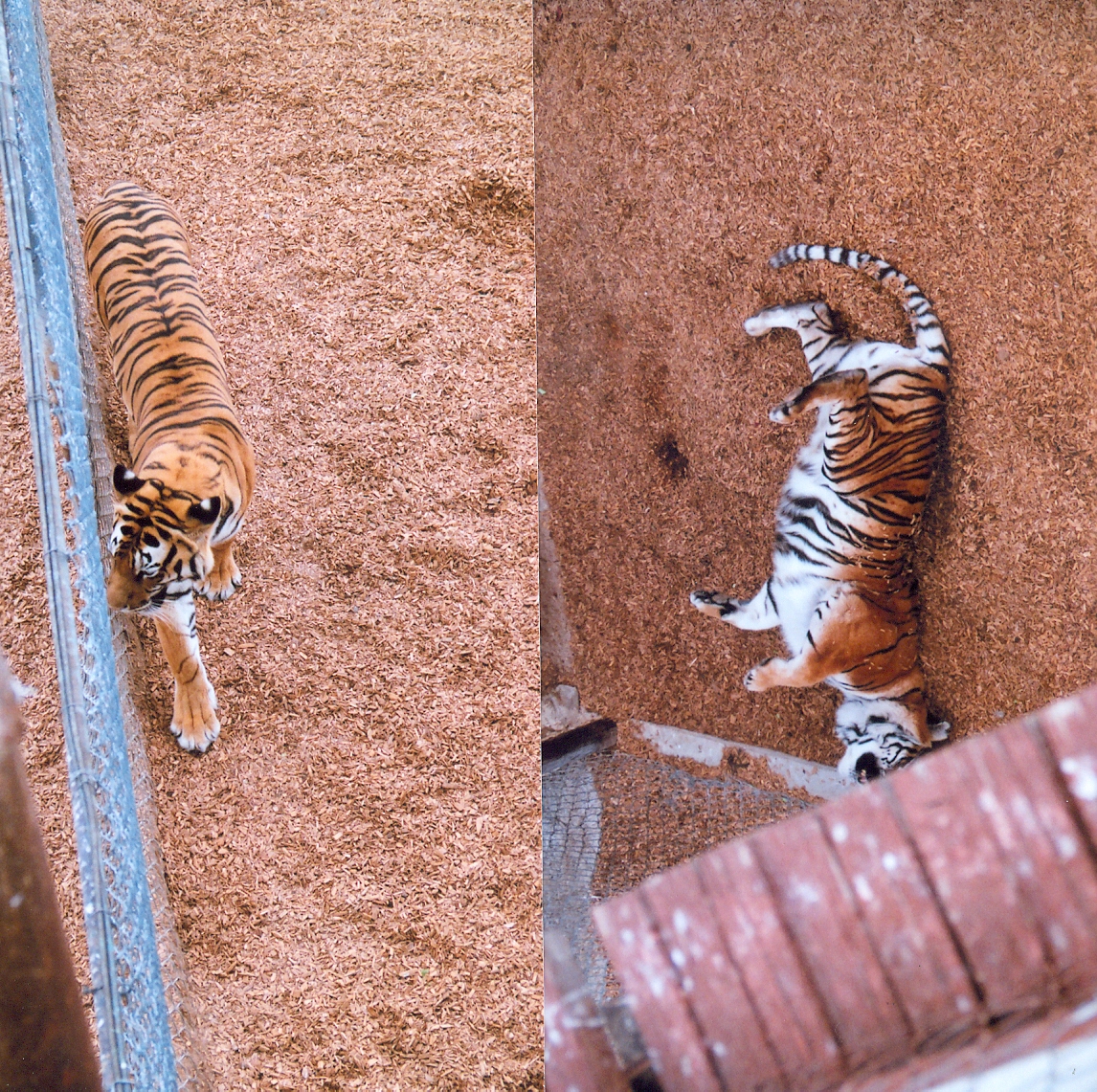



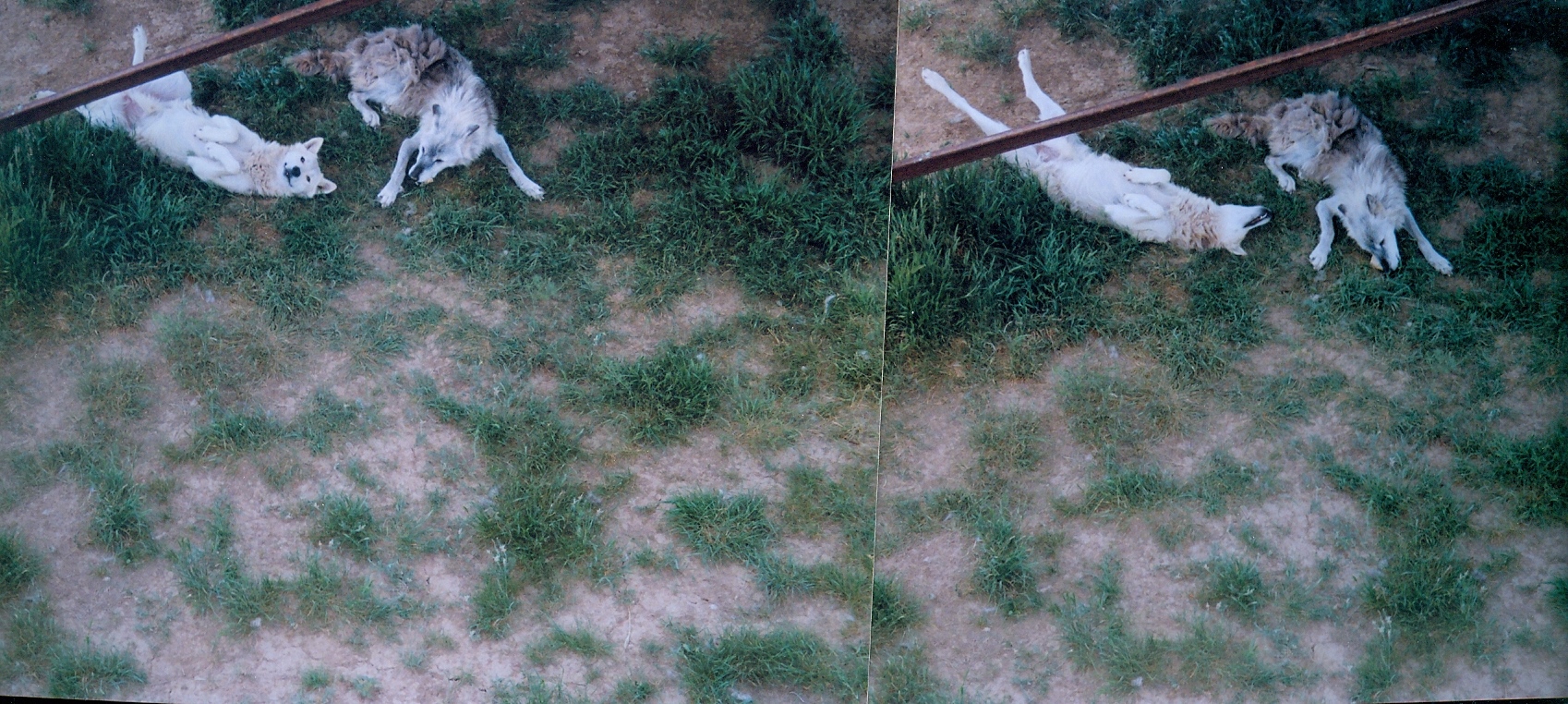


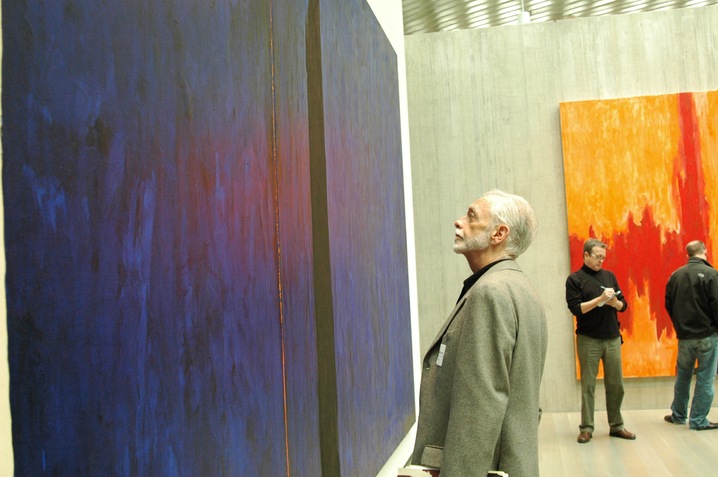 A visitor contemplates a painting in the Clyfford Still Museum. Photo by Rebecca Jacobson/PBS newshour
A visitor contemplates a painting in the Clyfford Still Museum. Photo by Rebecca Jacobson/PBS newshour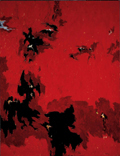


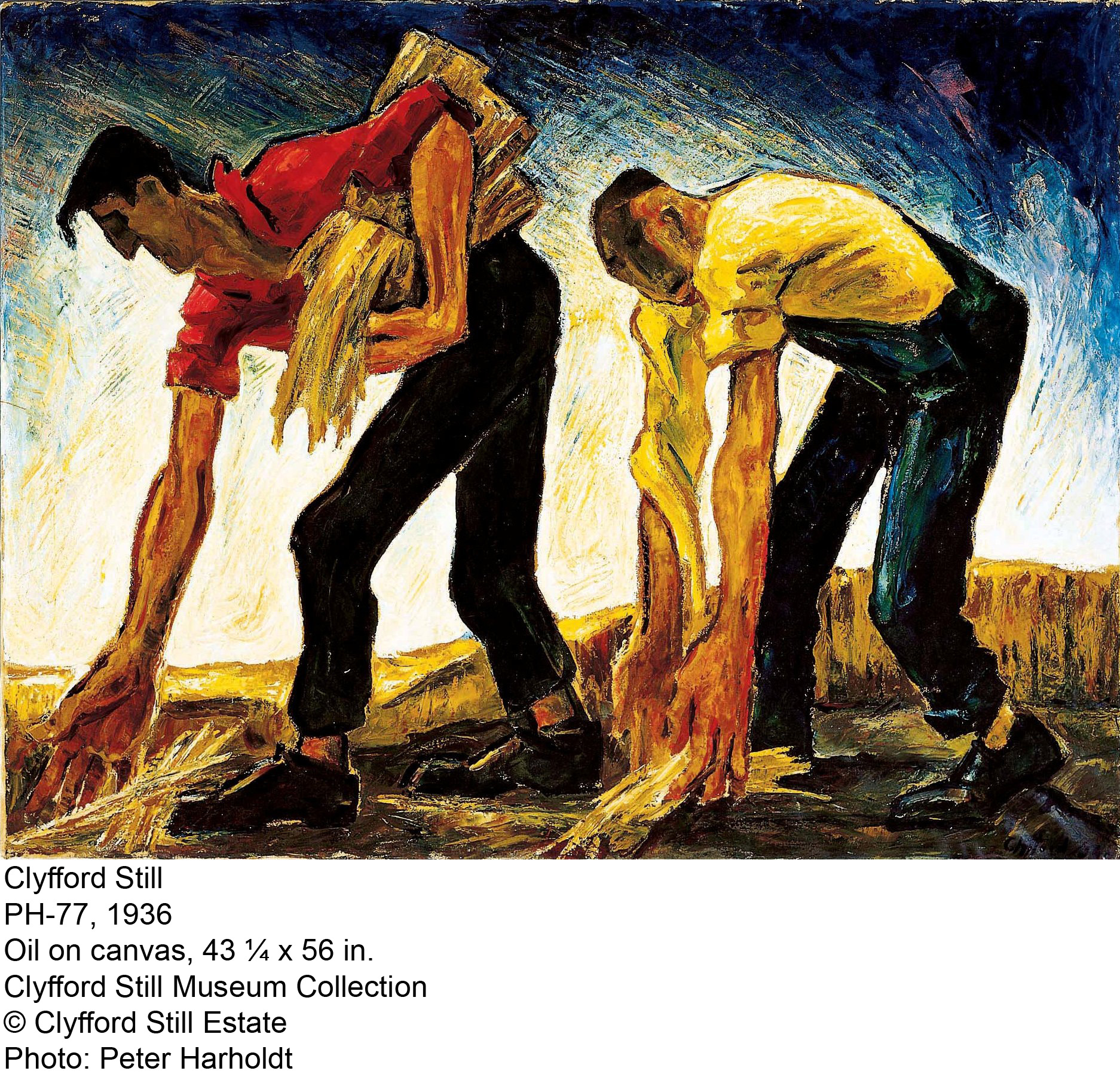

 A Westerly Cultural Travel Journal, Vol. 2
A Westerly Cultural Travel Journal, Vol. 2

 Susan Tedeschi at Red Rocks. Photos courtesy CBS Denver
Susan Tedeschi at Red Rocks. Photos courtesy CBS Denver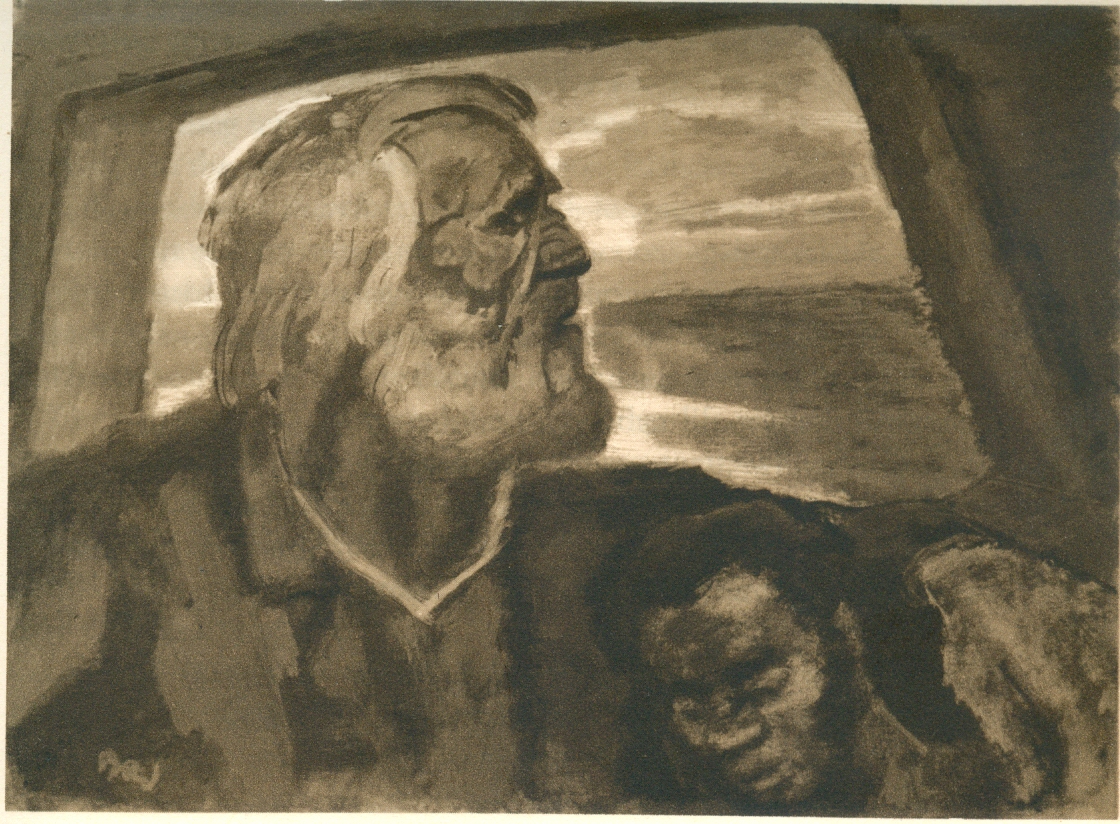


 This painting depicts the Civil War’s fiery and crucial Mississippi River battle for Vicksburg. courtesy of ashvilleoralhistoryproject.com
This painting depicts the Civil War’s fiery and crucial Mississippi River battle for Vicksburg. courtesy of ashvilleoralhistoryproject.com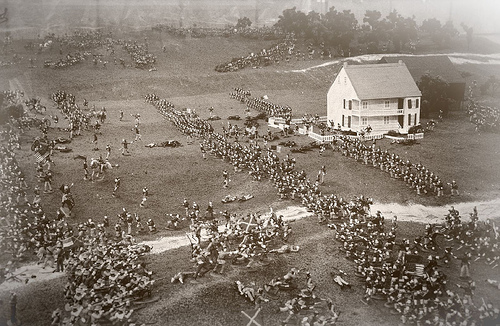

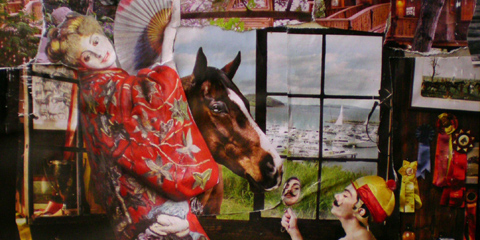 Detail of “Geisha Bath,” a collage by Jeff Raphael from “Cut & Paste” at the Boulder Museum of Contemporary Art. Courtesy bmoca.com
Detail of “Geisha Bath,” a collage by Jeff Raphael from “Cut & Paste” at the Boulder Museum of Contemporary Art. Courtesy bmoca.com
